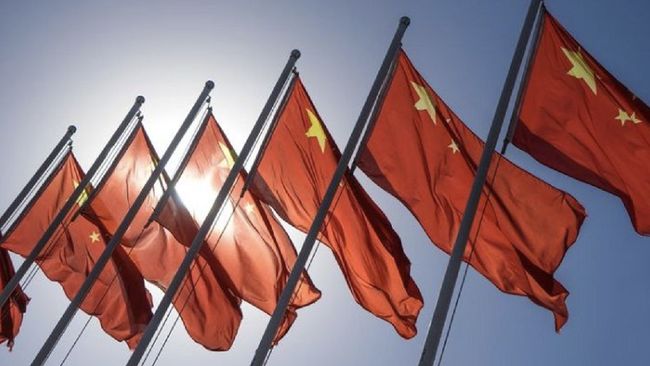Jakarta, CNBC Indonesia – The Chinese government has just released the Purchasing Managers’ Index (PMI) in July 2021. As a result, China’s PMI in July experienced the slowest growth since February 2020.
Quoting Reuters on Sunday (01/08/2021), data from China’s National Bureau of Statistics (NBS) showed the official manufacturing PMI fell to 50.4 in July from 50.9 in June. This was the lowest reading since the index slumped to 35.7 in February 2020, after China began lockdowns to contain the coronavirus pandemic.
In detail, it was also mentioned that the PMI in the sub-index for production fell to 51.0 from 51.9. The new orders sub-index fell to 50.9, from 51.5 last July. The sub-index for new export orders has also been on a downward trend in the past three months, with the latest at 47.7 in July.
Then, the sub-index for raw material costs came in at 62.9 in July compared to 61.2 in June, indicating an increase in costs. In the construction sector, the PMI fell to 57.5, from 60.1 in June. For non-manufacturers, the official PMI fell to 53.3 in July from 53.5 in June.
Analysts expect this to be a negative signal for the Chinese economy. This is interpreted as new obstacles faced by producers in the Bamboo Curtain country.
“The most worrying signal is the new export orders index, which is at its lowest level since July last year,” said Zhiwei Zhang, chief economist at Pinpoint Asset Management.
There are several things that underlie this slowdown, among others, manufacturers are currently grappling with new challenges, including higher raw material prices, soaring logistics costs, global supply chain bottlenecks, and the growth rate of gross domestic product is expected to moderate.
In addition, China is also racing to contain the new Covid-19 outbreak from the more contagious delta variant in the eastern city of Nanjing. Analysts say that a tight approach to curbing the virus could present a significant downside risk to the current economic recovery.
Not only that, record flooding in central China also weighed on business activity in July along with government moves to curb steel production in line with efforts to reduce emissions.
Meanwhile, this matter itself has been detected by government radar. Through the central bank’s PBOC, Beijing surprised markets by lowering the reserve requirement ratio (RRR) for banks, releasing about 1 trillion yuan in long-term liquidity.
Previously in the second quarter of 2021 (Q2 2021) it was known that the Chinese economy only grew by 7.9%. This is due to the soaring cost of raw materials and the declining output of several large industries such as electronics to vehicles due to the global chip crisis.
(wia)
– .


:strip_icc():format(jpeg)/kly-media-production/medias/3515884/original/057209900_1626792497-rich-brian-pubg-mobile-01.jpeg)